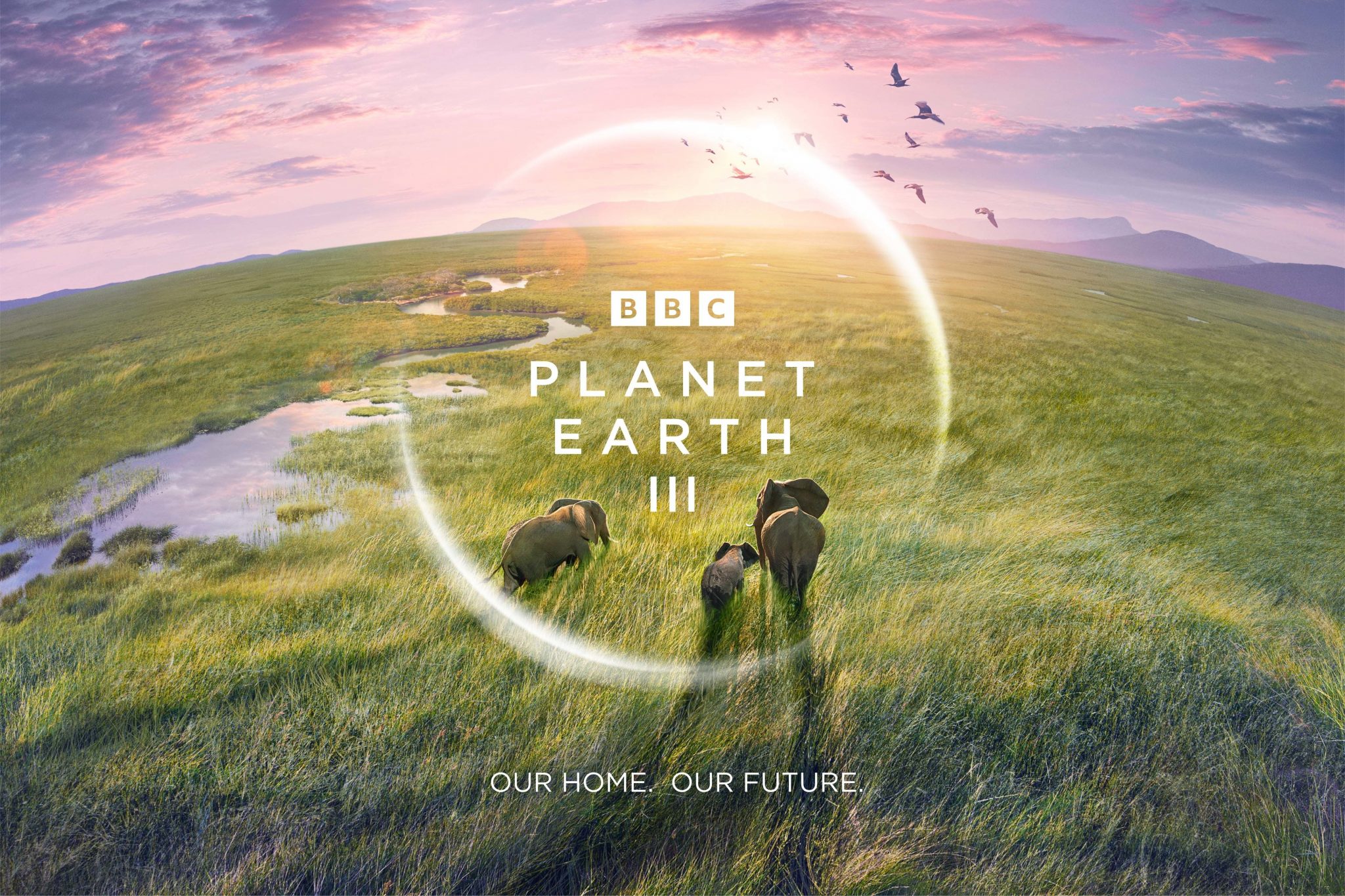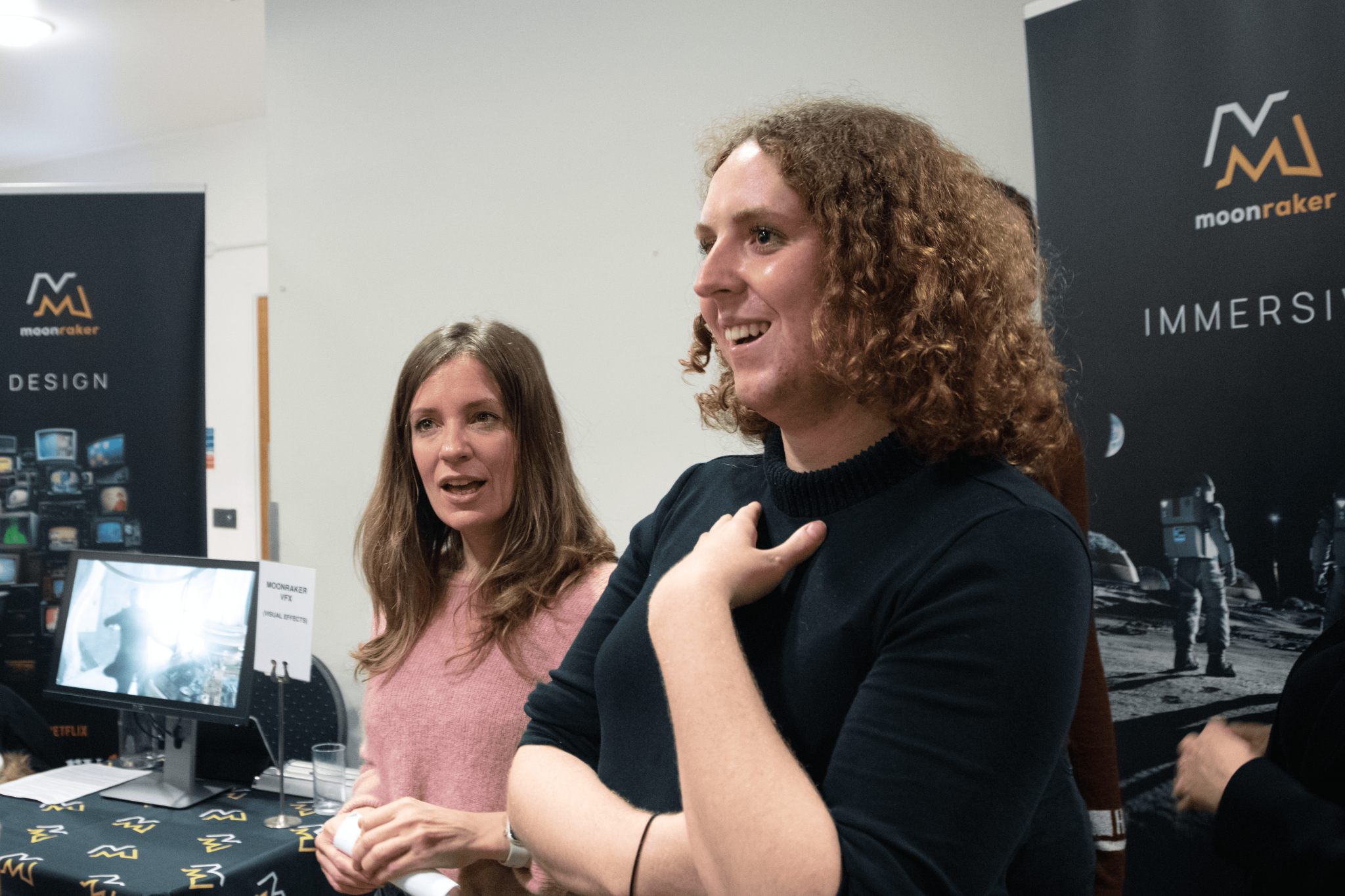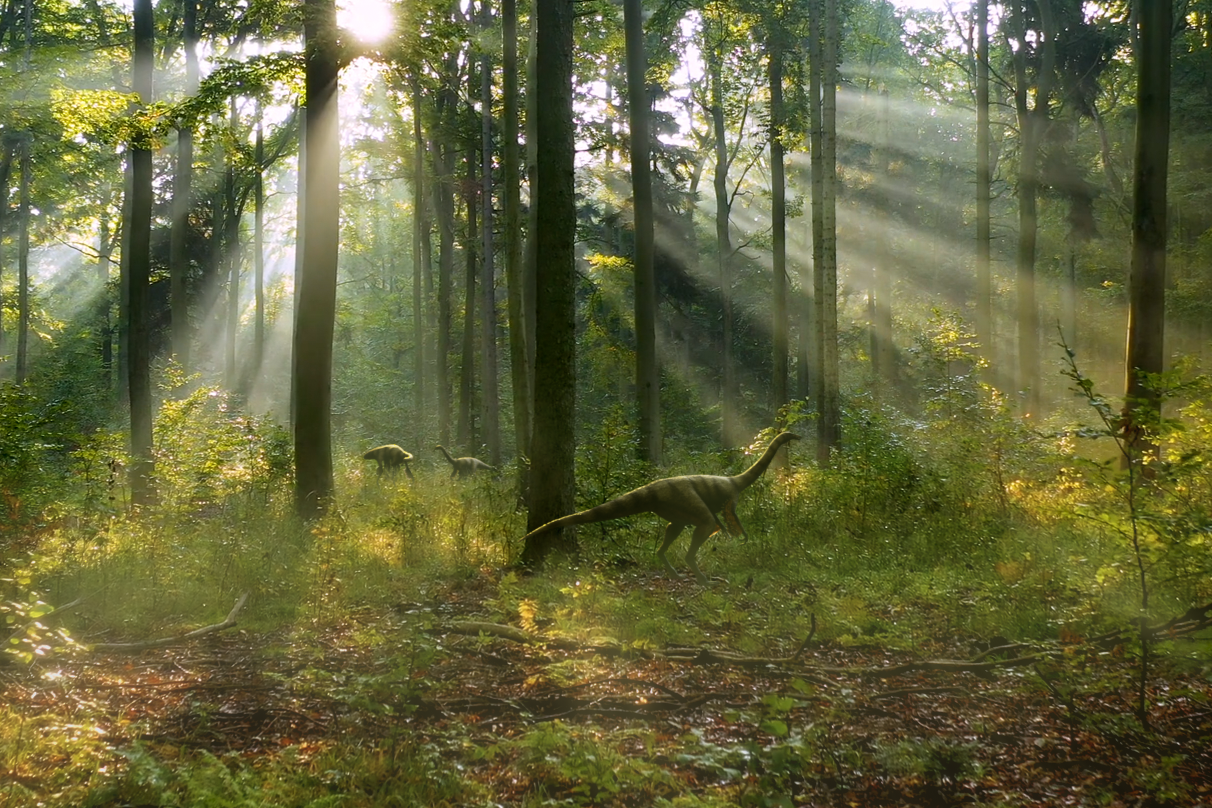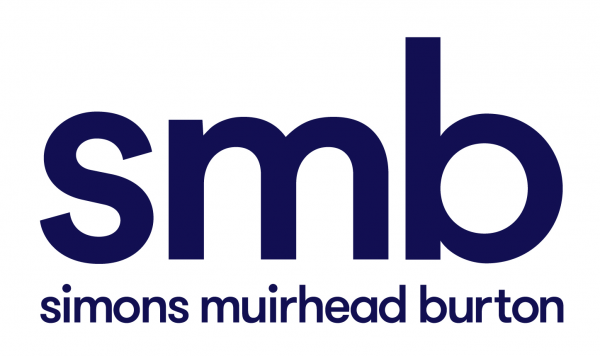In our August Spotlight feature we hear from Simon Clarke, Creative Director of Moonraker VFX, discussing; the company’s technical and creative expertise providing visuals for TV, commercial and film, their growing projects in the museum and visitor attraction space, recent funding to produce their own original immersive 3D content, and his views on the continuous necessary adaptation of the VFX industry.
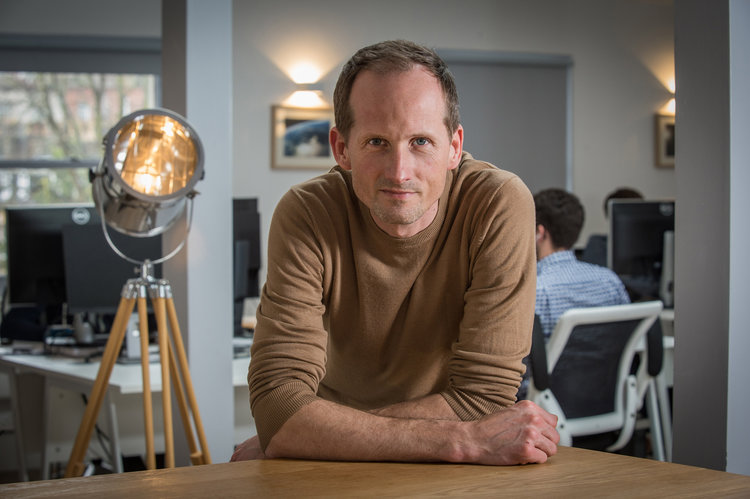
Moonraker VFX is a Bristol-based, Emmy award-winning visual effects company with a strong local and international reputation with producers and broadcasters – Could you give us an insight into the company’s history?
We have been in Bristol for 7 years. From small beginnings, we’ve grown the company from 2 artists to 35 strong – with much of the team now employed full time. Our roots have always been in television – with myself having worked in London at various other VFX studios, as well as at the BBC design department and Disney in my early career.
We had a good set of existing relationships having worked on shows like Brian Cox ‘Wonders of the Solar System’ during my time in London. This was combined with the fact the market for flagship VFX driven series was growing.
We made our name in Bristol on shows like Planet Earth, One Strange Rock and pretty much everything else in between when it comes to the science and factual genres. The last few years has seen an exodus of talent coming to Bristol which is great, enabling more production companies to set up here and our own studio to grow every year.
If you were to sum up the personality and company culture of working at Moonraker VFX, what would it be?
I like to think what differentiates Moonraker is a constant push forward, either with technical advancement or expanding our creative thought processes. Every project has its challenges and sometimes the ‘off the shelf’ tools available don’t quite give us the flexibility we need, but we are not afraid to challenge this – learning on each project how we could be more efficient next time or writing new code that keeps us at the cutting edge.
I’ve been working in television and screen for the last 25 years and have had the opportunity to see how the evolution of hardware and software has supported our creative minds – it’s pretty much limitless now. However, being at the forefront of creativity means you need to have thinking time, and that’s something we encourage at Moonraker. Whether that’s time to do some research or a trip to the beach, we’re always sharing with each other ideas or new research so we have a back pocket of techniques that we can deploy when the opportunity arises.
When it comes to the culture, our studio is really collaborative. If you do a favour for someone in the team, they’ll do the same. We also understand the importance of family, and encourage people to take their holiday entitlement and to work from home if they need to.
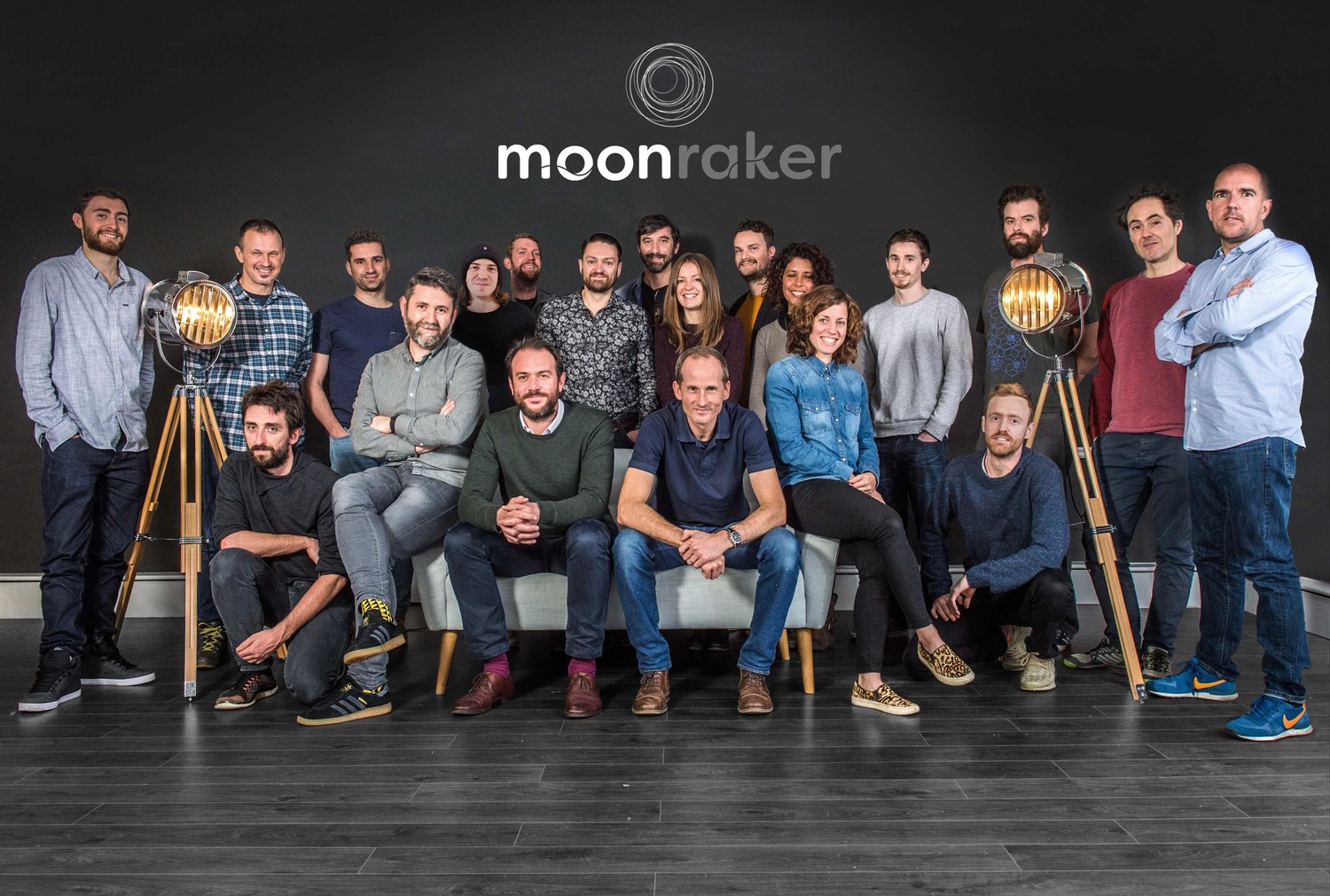
Moonraker VFX recently secured funding from Creative England to produce Immersive 3D content for big screens in museums and planetariums worldwide – Congratulations! What are your plans for this?
Thank you! At Moonraker, we have a long history as a creative partner working on large screen projects for museums and attractions, but this funding from Creative England is the first opportunity for us to drive forward our own original content and have a lot more creative and editorial control. As a VFX studio, we have the technical tools and expertise to realise moving images that are often hard to capture in camera. This gives us an edge to take the audiences to worlds they could never imagine – so why not package this with a great story into our own film.
We plan for the finished product to be a ‘Moonraker Originals’ IMAX film with spectacular visuals and immersive 3D moments as audiences witness meteors flying past them or volcanoes erupting right before their eyes. The film will play to our strengths and legacy of our work in the natural history and science-doc space, working on projects for the BBC and Nat Geo, and will be of high scientific value with the potential to appear on digital education platforms and link to the science curriculum.
Not only will this project create ongoing revenue as we create licensable 3D content for theatres across the globe, but the films will act as a brilliant piece of marketing as we look to expand global awareness of the Moonraker brand.
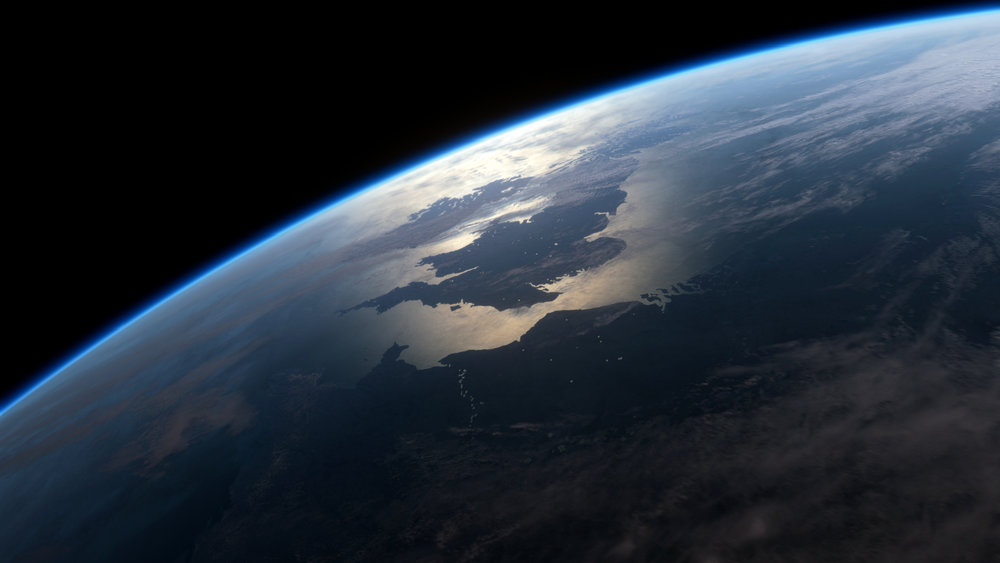
What opportunities/challenges does working on projects in attractions provide Moonraker in terms of innovation and creativity?
A huge amount and that’s often the reason our attraction projects have been some of the most enjoyable. What’s interesting is the variety of screen and projection formats. It’s an opportunity to combine digital effects and animation with the design and artistry that goes into architecture and theatre, working closely with scenic artists, model makers, lighting designers to create amazing spectacles that the public can physically experience and immerse themselves in.
The UK is internationally renowned for quality VFX, and rapid growth in size and skill. Given the difficult times we are all experiencing, how do you see the UK VFX industry currently, and what do you hope for the future in the sector?
Despite the challenging times, it’s been fantastic to see VFX studios providing solutions to a number of projects that were interrupted by filming restrictions over lock-down. Our industry has really come into its own in that sense.
Similarly, it’s been encouraging to see the larger VFX studios who focused almost exclusively on high-end commercials and film work, increasingly move into television VFX. At Moonraker, we’ve always had a strong focus on visual effects work for television. Having personally spent the last 25 years in this niche market, I’ve taken valuable experience working with broadcasters and production companies in this field to fine tune our own infrastructure and pipeline to help us fulfil their creative expectations. It’s enabled me to invest in the best technology so the artists can deliver their best work, so it’s great to feel we are at the forefront of this change. Year by year, television is creating high quality content not dissimilar to what audiences witness on the big screen – and the technical expertise of VFX is a huge part of this.
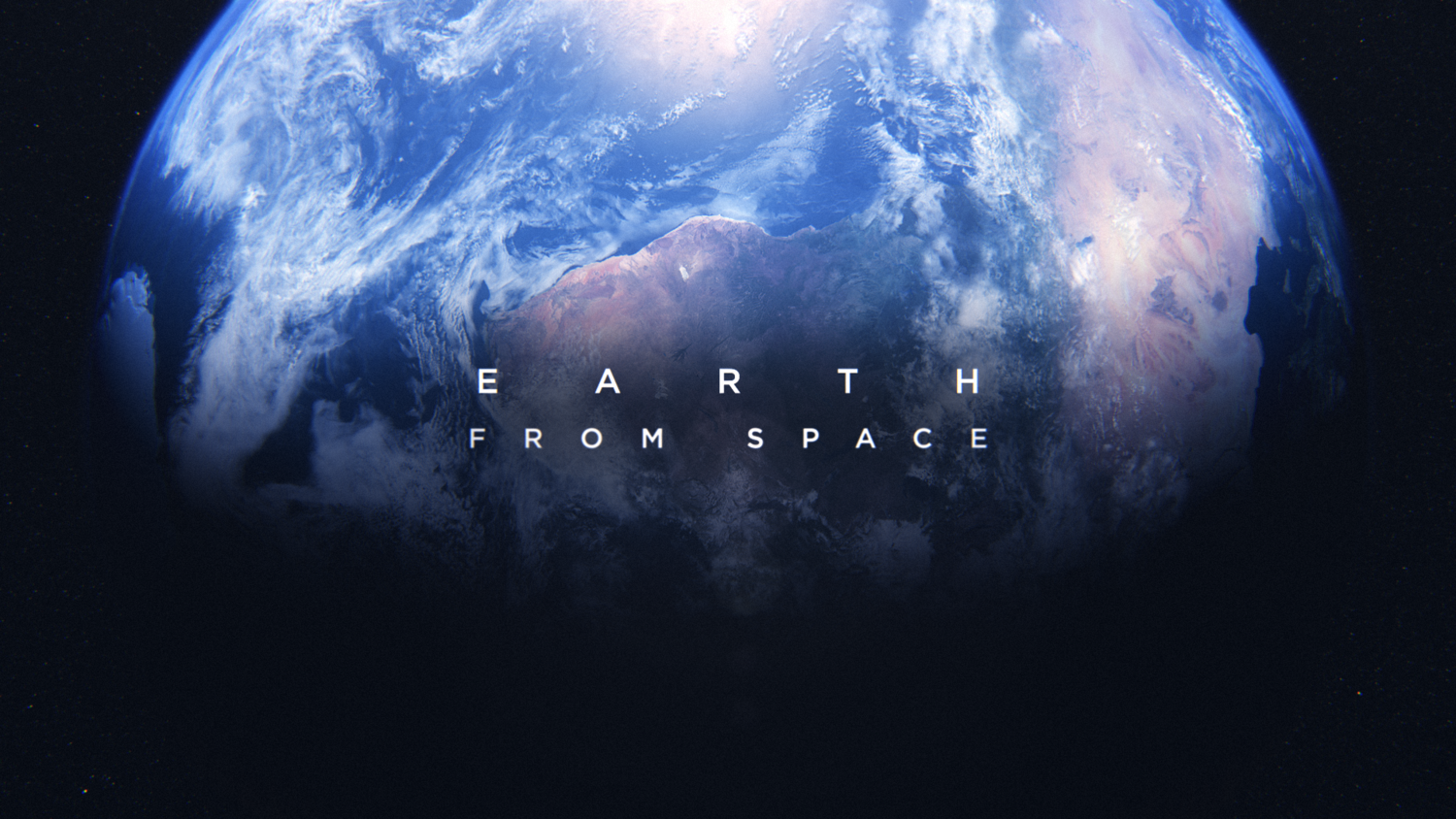
In terms of the future of the industry, it’s success lies in both diversification and studios taking more creative control. The industry is still predominantly male and white which needs to change. Plus, from our experience at Moonraker, the best work always comes out of the strongest collaboration between production companies and VFX studios. Earth From Space for the BBC was the perfect example of this. We like to be involved with helping companies to win commissions and often our creative ideas and vision at the early stages of pitching and development can help hugely.
Do you have any favourite (released) projects that Moonraker VFX has worked on in recent years?
The Flyride Changbaishan project was one of our most technically challenging projects we have undertaken as a studio, but the finished product was a huge win for the team. We were tasked with creating a pre-show and 5-minute film for the Brogent iRide system at the Chinese visitor attraction, a fully immersive and sensory ‘flying ride’ simulation which takes the viewer on a journey through the beautiful Changaanishan National Park in Jilin Province. We encountered some unique challenges along the way due to the format and size of the projection, but the overall effect was hugely successful, wowing visitors with a unique, fully immersive and sensory perspective on an environment rich in natural history. We also particularly enjoyed delivering a 60 fps 15 minute fully CG film for the immense 18k, 280-degree field of view projection space at the award-winning Fram Museum.
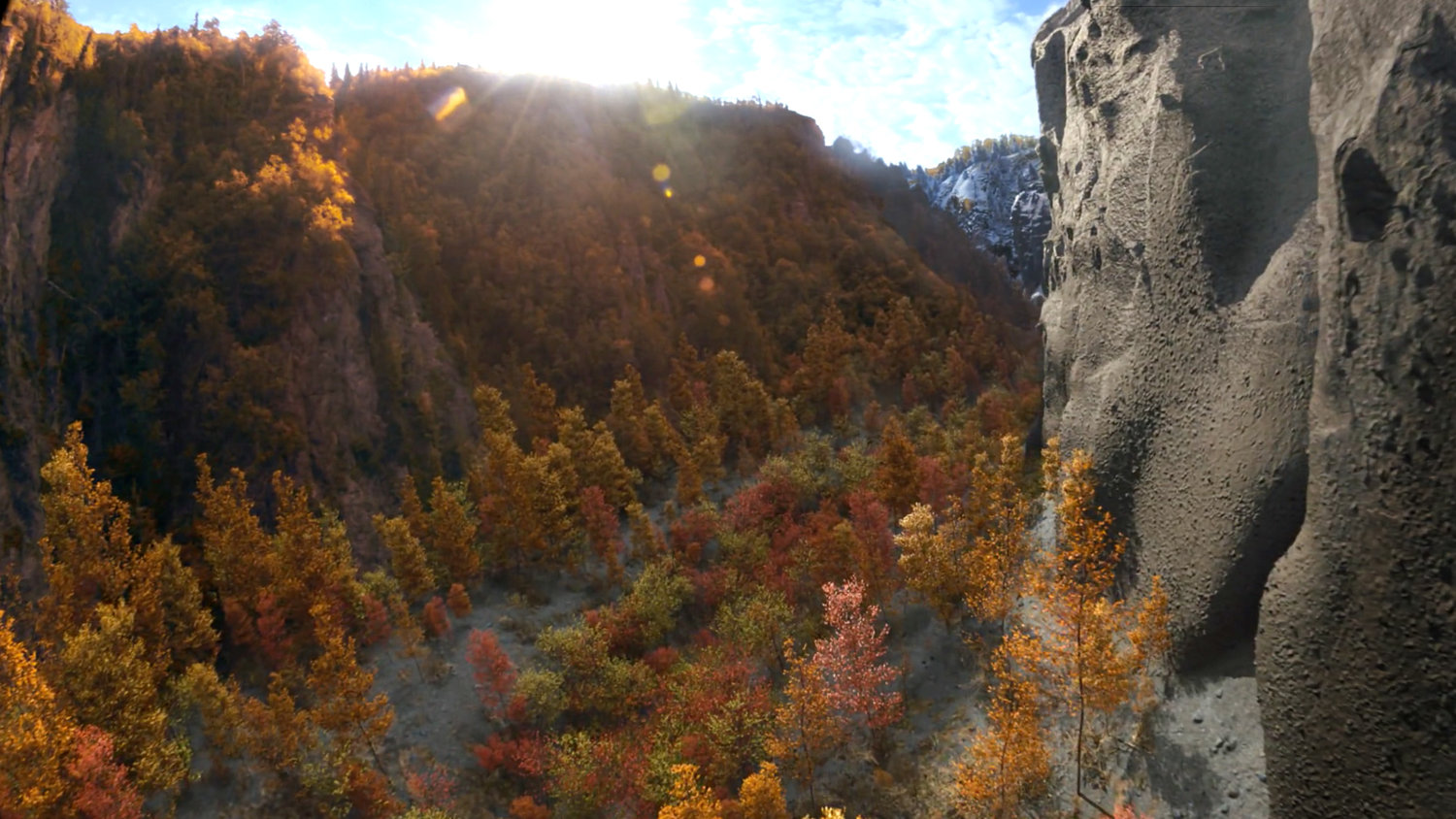
We recently teamed up with Hologram specialists Animmersion to create cutting-edge, 3D content to innovate the exhibit experience. The technology can be layered over the physical world in real-time, bringing scientific data to life, enabling guests to witness and interact with human biology right in front of them.
On the broadcast side, some of our favourite projects have been Xray-Earth for National Geographic – where we were tasked with literally ‘visualising the impossible’ using raw data from some of the world’s leading geologists to create 3D shots of tectonic plate movements, magma chambers, the earth’s mantle and the composition of material at the planet’s core – as well as the creative process and the simplicity of graphic design and animation in producing the motion graphics for History 101 for Netflix.
Are there any marked goals or plans for growth you can tell us about what might be on the horizon for Moonraker?
Despite the uncertainty of 2020, the next year is set to be a really important one for Moonraker. In light of the Creative England investment, we will be producing our own licensable content. Not only will this create a new stream of revenue as we create 3D content for giant screens across the world, the films will help showcase the Moonraker brand on a global scale.
On top of this, we are looking to further grow our client base in the attraction space. We are in discussions and actively involved on a number of big projects both in the UK and abroad that harness new technologies in the immersive and augmented reality sectors.
Another big one on the horizon is the potential of an office in the US (Canada). This will enable us to have a base in the states which will be incredibly important to facilitating our growth as a business and expanding our business globally.
Thank you for your time Simon!
Visit Moonraker VFX’s website at: moonrakervfx.com






